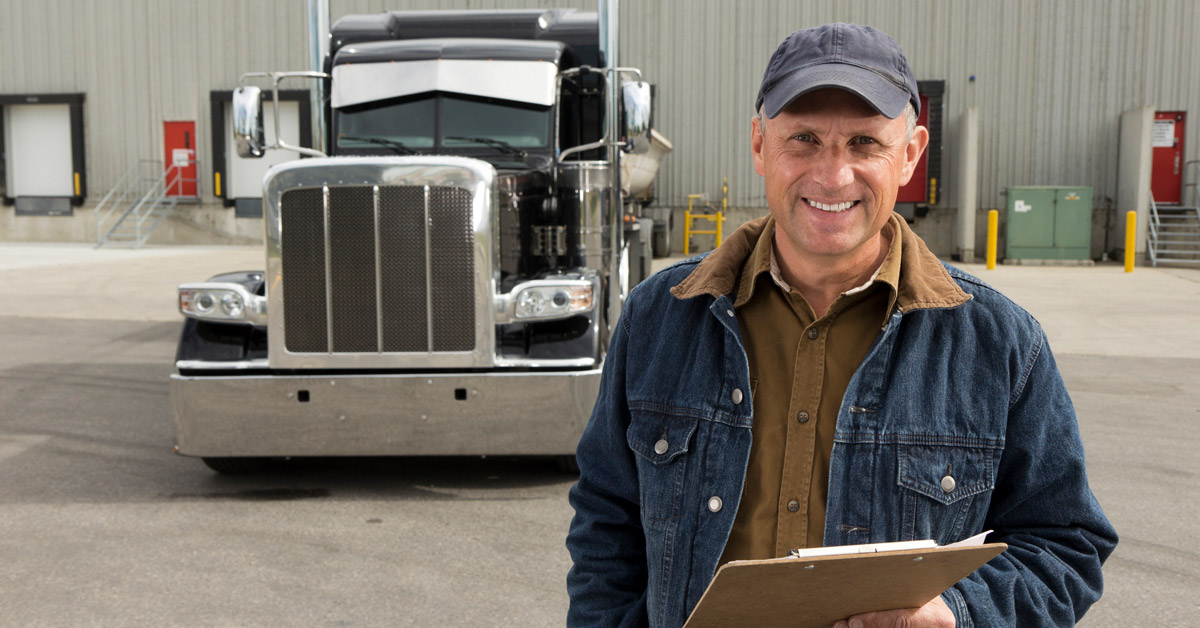
Do you manage CDL drivers that operate a Commercial Motor Vehicle? If so, you need to know the six official reasons when to drug test your drivers. These will keep you in compliance with the Department of Transportation and help you maintain a drug-free workplace.
The Federal Motor Carrier Safety Administration (FMCSA) under the Department of Transportation (DOT) has specific reasons when you should drug test CDL drivers.
Here are the six reasons when to drug test CDL drivers to comply with the DOT-FMCSA 49 CFR Part 382:
- Pre-employment
- Post-accident
- Random
- Return-to-duty
- Follow-up
- Reasonable Suspicion/Cause
The following are the official DOT-FMCSA drug testing regulations interpreted in our own words.
Pre-employment
Your drivers need to pass a pre-employment drug test before they begin driving. In other words, each driver must have a negative pre-employment drug test on file. This is part of the driver’s qualification process. Pre-employment alcohol testing is optional. If you opt-in for pre-employment alcohol testing, do it consistently. This means, don’t require a pre-employment alcohol test for one driver and not others.
Post-accident
The FMCSA post-accident drug testing requirements usually need a second look. They’re a little complicated. The regulations separate the criteria between drug and alcohol testing. This is to distinguish between the post-accident time restrictions. For example, you can drug test up to 32 hours after an accident and alcohol test up to 8 hours after an accident. The time limits are in place for a reason. They are the average length of time that it takes for drugs and alcohol to exit a person’s system. So, it’s pointless to test beyond these time limits.
| Type of accident involved | Citation issued to the CMV driver | Test must be performed |
| i. Human fatality | YESNO | YESYES |
| ii. Bodily injury with immediate medical treatment away from the scene | YESNO | YES NO |
| iii. Disabling damage to any motor vehicle requiring tow away | YESNO | YES NO |
Random
The minimum annual rate for random drug testing is 25%. The minimum annual rate for random alcohol testing is 10%. What does this mean? To clarify, the random rate is the percentage of your covered drivers that were randomly tested for the whole year. For example, let’s say you have 100 drivers. If you randomly drug test 25 drivers in one year then your annual random drug testing rate is 25%. You would be in compliance.
The FMCSA may increase the random testing rates. The FMCSA sends a notice of the random rates before the program year starts. Complete these random tests between January 1st and December 31st. It’s a best practice to spread random tests throughout the year. This prevents random tests from stacking up at the end of the year. Check ODAPC for the most up-to-date random drug testing rates.
Return-to-duty
A return-to-duty drug test takes place after a driver has received a violation. Drug and alcohol violations include refusing to take a drug test or receiving a positive test result. This takes place following the Substance Abuse Professional’s (SAP) evaluation, referral, and treatment. This is also part of the driver’s return-to-duty process. The driver may return-to-duty upon completing a negative drug test. In the case of an alcohol test, a return-to-duty test below 0.02. Conduct all return-to-duty urine drug tests under direct observation.
Follow-up
Follow-up drug testing is the second part of the return-to-duty process. This also takes place after a driver has a violation. The SAP will make a follow-up testing plan based on the driver’s assessment. Do not notify the driver of the SAPs follow-up plan. You also can’t substitute other tests for follow-up tests (such as random). Conduct all follow-up urine drug tests under direct observation.
Reasonable Suspicion or For Cause

You may have a reasonable cause to believe an employee is under the influence of drugs or alcohol. Base the decision to test on a reasonable and articulable belief that the employee is using a prohibited drug. These observations must be specific, physical, behavioral, or performance indicators of probable drug use. It’s a good idea to use two trained supervisors to help make the decision.
A well-trained CDL manager should have a good understanding of the six reasons when to drug and alcohol test drivers. Always notify drivers for testing as discreetly as possible with no advanced notice. This helps maintain the element of surprise and prevents them from “cheating”. Never forget the number one goal of the DOT workplace drug testing program: safety.
Have any questions about CDL drug testing? Comment below and we’ll be glad to answer.
